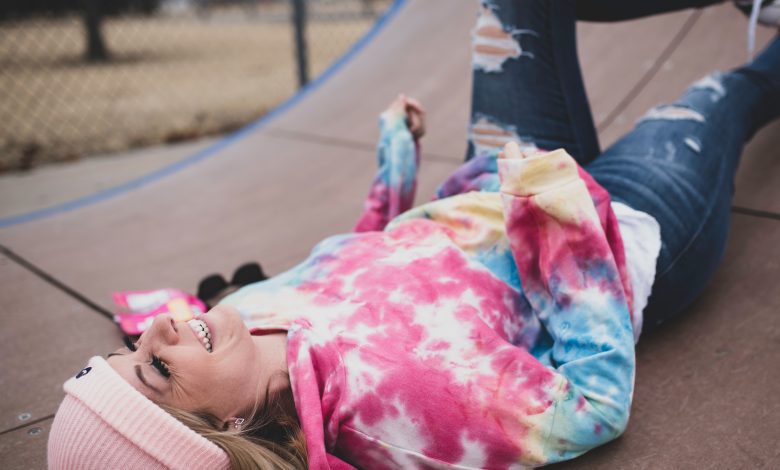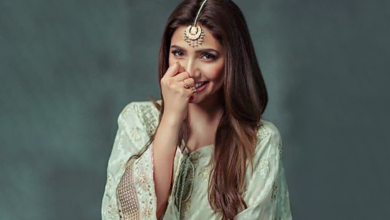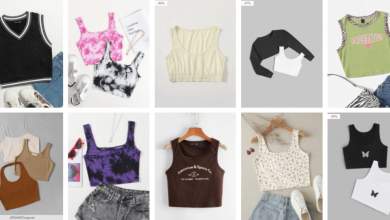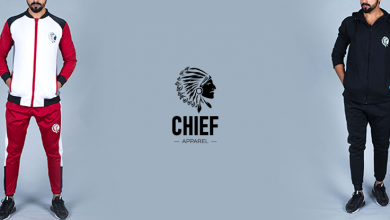From Hippies to Haute: The Evolution of the tie-dye Trend

What is Tie-dye
Tie-dye is a modern phrase coined in the United States in the mid-1960s but first mentioned in writing in 1941 as “tied-and-dye”. Tie-dyed clothes, which can be made with just a few rubber bands and a few bottles of dye, are a style with a lot of history and meaning. Tie-dyeing is a technique that involves folding, twisting, pleating, or crumpling cloth or a garment. Then binding it with string or rubber bands before applying dye. Additional phases in more complicated tie-dyes include an initial dye application before the resist, several successive dyes, resist steps and the use of different types of resists and discharge.
Historical background of tie-dye in Asia
China and Japan have the first written records of tie-dye. As far back as the 6th century, the process was used in China’s T’ang Dynasty and Japan’s Nara Period. Clothing was colored with natural dyes derived from berries, leaves, roots, and flowers. The fabrics were soaked in the hot, dyed water to take on a new color after these natural items were boiled. People in India used a type of tie-dye called Bandhani as early as the 6th century. Before dipping the fabric in dye, tiny pieces of fabric are tied off with thread in intricate patterns. Tie-dyeing is still done in this fashion today. Tie-historical dye’s origins may be traced back to centuries-old color dyeing techniques utilized in countries like India, Japan, Indonesia, Peru, etc. This lovely design has been a source of cultural expression made in numerous shapes and patterns before becoming a mainstream style.
Elevation of tie-dye trend in America
Tie-dyeing first gained popularity in the United States during the roaring twenties. During the Great Depression, tie-dyeing remained popular as a low-cost way for people to adorn their houses and apparel. People have only recently begun to use the dyeing procedure to embellish their ordinary clothes. When the American business Rit chose to sell its dye goods by knocking on the doors of artists’ residences in New York City in the late 1960s, tie-dye became a craze. The do-it-yourself project quickly became a symbol of a decade. Tie-dye became a symbol of peace worn by the free-spirited after being adopted by a whole generation of rebellious adolescents.
The Hippie Era
The decade most closely identified with tie-dye is, of course, the 1960s. Even though the style hadn’t been “in” for a few decades at the time, it grew in popularity during the hippie age as a simple and affordable method to show creativity. Tie-dye radiated a free-spirited aesthetic that hippies yearned to escape from the rigid social conventions of the 1950s. When famous artists like Janis Joplin and Jerry Garcia started wearing tie-dye, the fad soon caught on with the youth of America. It became one of the era’s most recognizable looks.
The Eighties and Beyond
While tie-dye shirts come back into fashion every few years, they were at their peak in the 1980s. Designers began to incorporate this style into their runway presentations throughout this decade. The new forms of dye that reached the market in the 1980s had a lot more staying power and came in a wider range of hues and colors.
Reintroduction of tie-dye globally
Tie-dye, formerly the domain of hippies, ravers, and Grateful Dead fans, has made its way into the mainstream. The fashion gained traction during the epidemic when lockdowns spurred people to experiment with making their designs at home. Tie-dye has been popular since its reintroduction in summer 2019, continuously placing in the top ten most searched prints and patterns in women’s wear, according to fashion search engine Tagwalk. The trend is even more prominent in men’s clothing (men’s tie-dye shirts), frequently ranking among the top three most searched patterns, according to the survey.
Tie-dye is back to fashion
Tie-dye has made a comeback in recent years, in both the vibrant hues of the Hippie period and more sophisticated applications. This resurgence has exploded in popularity, quickly becoming the preferred style of celebrities. Tie-dye has found a place in many realms of fashion, from exquisite dresses at red carpet events to matching two-piece sweatshirts reminiscent of those quarantine days at home.
The tie-dye trend is not lost anywhere. The tie-dye styles are common for men, women, and children. Men’s tie-dye shirts are more common and they love to wear them traditionally as well as formally. Tie-dye shirts are available in a huge variety at wholesale at different local and international brands. Tie-dye wholesale offers an awesome and colorful-looking variety of men’s tie-dye shirts as well as women’s. The trend is also as common for children as for men and women.
The tie-dye trend has had such an influence that it has made its way into high fashion. It has appeared on the runways over the years, including in Haute Couture designs from Dior and Givenchy. If one thing remains constant, it’s that tie-dye is a constantly evolving cultural phenomenon beloved around the world for its coolness and young implications that. Even when it appears to be fading, reappears in full force every time.
Read more about wholesale t-shirt in California here
The original Tie-Dye and it’s split into various forms
Since its beginning, tie-dyeing style and pattern have been molded into a variety of colors and patterns. It has always been something to be caught by the eye of the customer. Every day designers lookout for new ideas, make another pattern and bring colors to the tie-dye couture. “There are also so many different types of tie-dyes that have been done by so many different cultures throughout history that the well of inspiration is endless. It’s one of the few techniques we’ve come back to time and time again. And we’re always coming up with new and interesting ways to explore it,” the designers explained.
Patterns and colors of tie-dye
Tie-dye is distinguished by the use of vivid, rich primary colors and dramatic patterns, as opposed to traditional resist-dyeing procedures. Since tie-peak dye’s popularity in the 1960s and 1970s, patterns like the spiral, mandala, and peace sign, as well as the usage of several strong colors, have become clichéd. These designs are used in the great majority of tie-dyes currently on the market. And many are mass-produced for wholesale distribution. However, in the fashion business, there is a growing interest in more “sophisticated” tie-dyeing, which features basic designs, monochromatic color schemes, and a concentration on trendy clothing and textiles other than cotton.
Being dandy and trendy in this age, clothing is also changing from time to time. Do you like to add some color to your wardrobe? Wear one of the brightest tie-dye shirts or vests with classic jeans or denim shorts and you’ll be valued. Pick a swirled pattern of tie-dye, purchase it, and a shorts pair for an easy coordinated outfit. For a toned-down tie-dye look that’s nevertheless extremely current, choose neutral pieces from the collections available. Try out amazing collections to look glamorous this summer. These tie-dyeing shirts are brighter than the lights and give you a serene look. Such peaceful articles of tie-dyeing collection have evolved in fashion to get you a cool, trendy and at a time traditional style look.
Conclusion:
The tie-dyeing trend is mostly linked with the hippie era, but the roots of this trend are much deeper. From Hippie to Haute, also the tie-dye wholesale t-shirts trend has truly endured the test of time.





